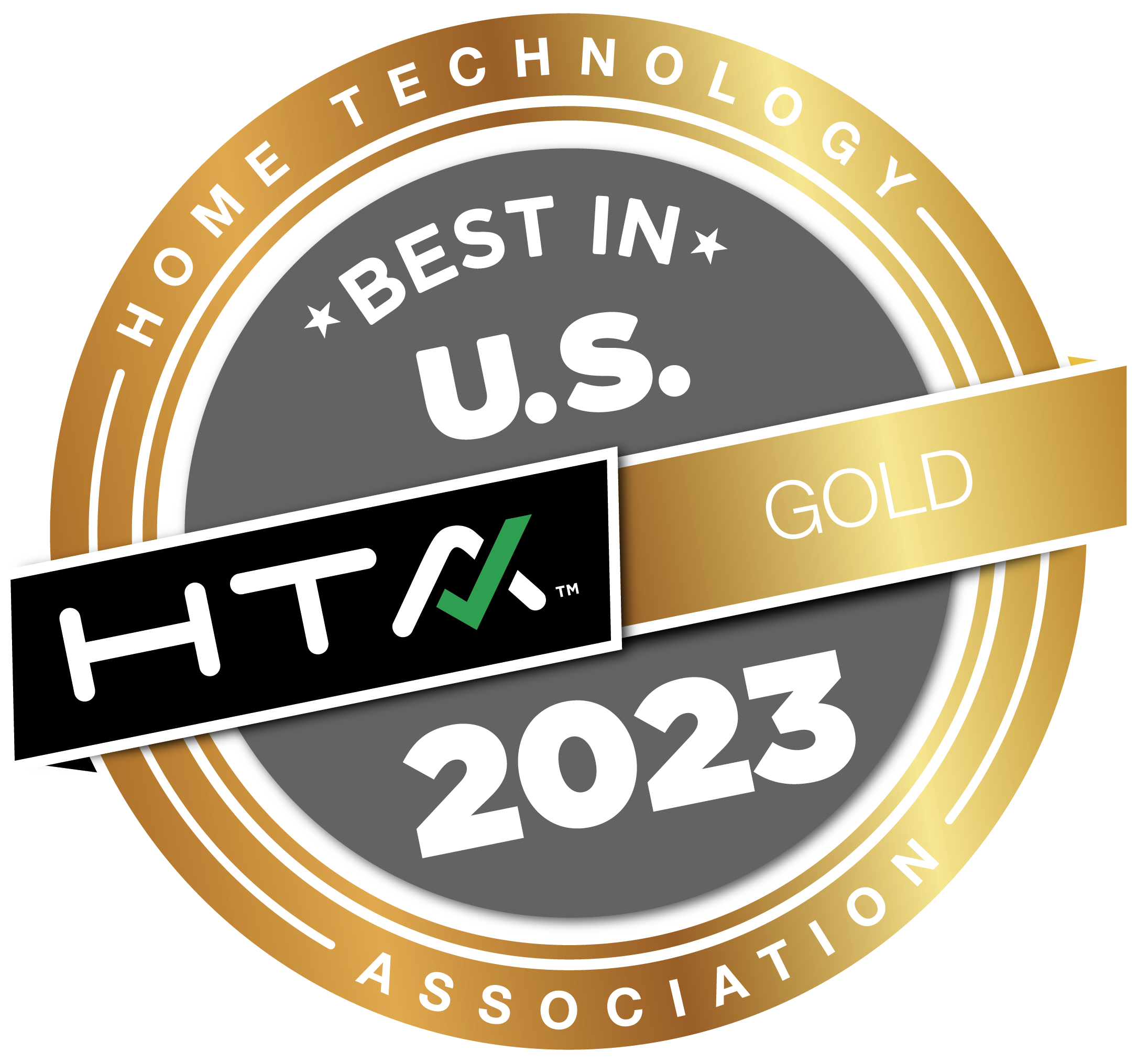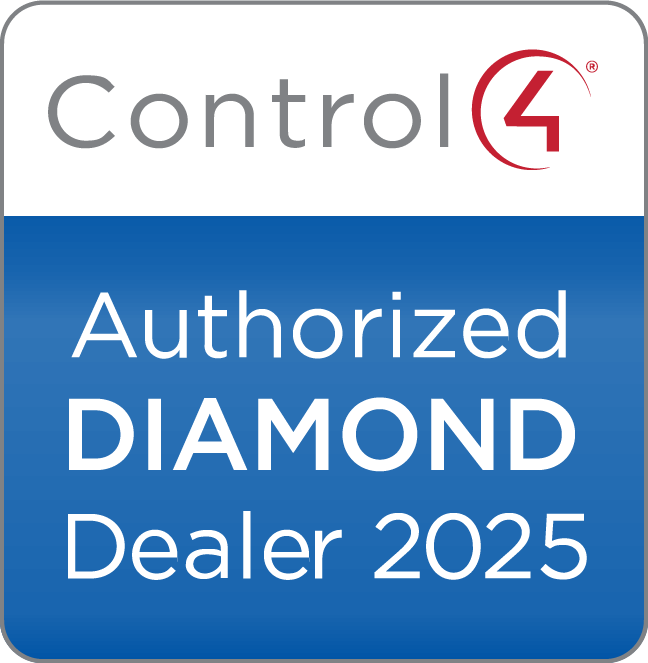The term “music source” isn’t commonly used among the average homeowner, but what it refers to is the location your music is coming from—such as an iPod, radio station, or CD. Most people today use iTunes to download music, however there are many different ways to buy and stream quality audio. It’s easy to get lost in a sea of streaming music services, especially when there are many names you are not familiar with. If you have a Sonos speaker, you can choose from more than 50 different stations and services. So how do you navigate the music landscape? Whether you are an audiophile or not, this blog will be a helpful guide to choosing the best music sources for your whole house audio system in the Charlotte, NC area.
CDs
Do you have a CD collection? The truth is that CDs are actually high-quality music sources. CDs have about 1,411 kbps (kilobits per second). Compare that to mp3 files, which are only 320 kbps and you can see there’s a big difference. CDs transfer data faster per second, so you end up hearing more detail in the soundtrack. The downside to CDs are that they are becoming obsolete. Most stores don’t carry blank CDs anymore; people are sharing music via USBs now. Take a couple new cars for test drives and you’ll notice many of them don’t have a CD player in the car radio. But even though CDs may be turning into a relic of the past, you can still keep your CD collection and enjoy your albums. Connect a player to your whole house music system and you can enjoy quality sound.
SEE ALSO: Three Whole House Music Scenes for the New Year
Digital Files
The convenience of transferring music to digital files has led to the increase in digital downloads. Most people access their music in the form of MP3s from iTunes or Amazon Music. While you get to carry your music around with you and save physical storage space, MP3s are just about the lowest quality source. When an original recording is compressed into an MP3 file, a lot of information is lost. A lower bitrate could translate to a softer bass response or weak-sounding drum cymbals. However, you do have another option, which is to buy high-resolution audio files. This type of audio format is compressed in such a way that no audio data is lost. But where can you purchase or stream high-resolution music?
Currently, music streaming sources like Pandora and Spotify use a bitrate of 160 kbps, which is even lower than a typical MP3 file. Tidal is one of the only ones that plays songs in CD quality at 1,411 kbps. High-resolution song files are seven times higher than that! According to Sony, there are several companies that cater to audiophiles and music lovers by selling high-resolution files for download--including, HDtracks, Super HiRez, and Qobuz. You’ll need a strong and reliable internet connection, a subscription with the music source if they require a monthly fee, and a receiver to play the source.







